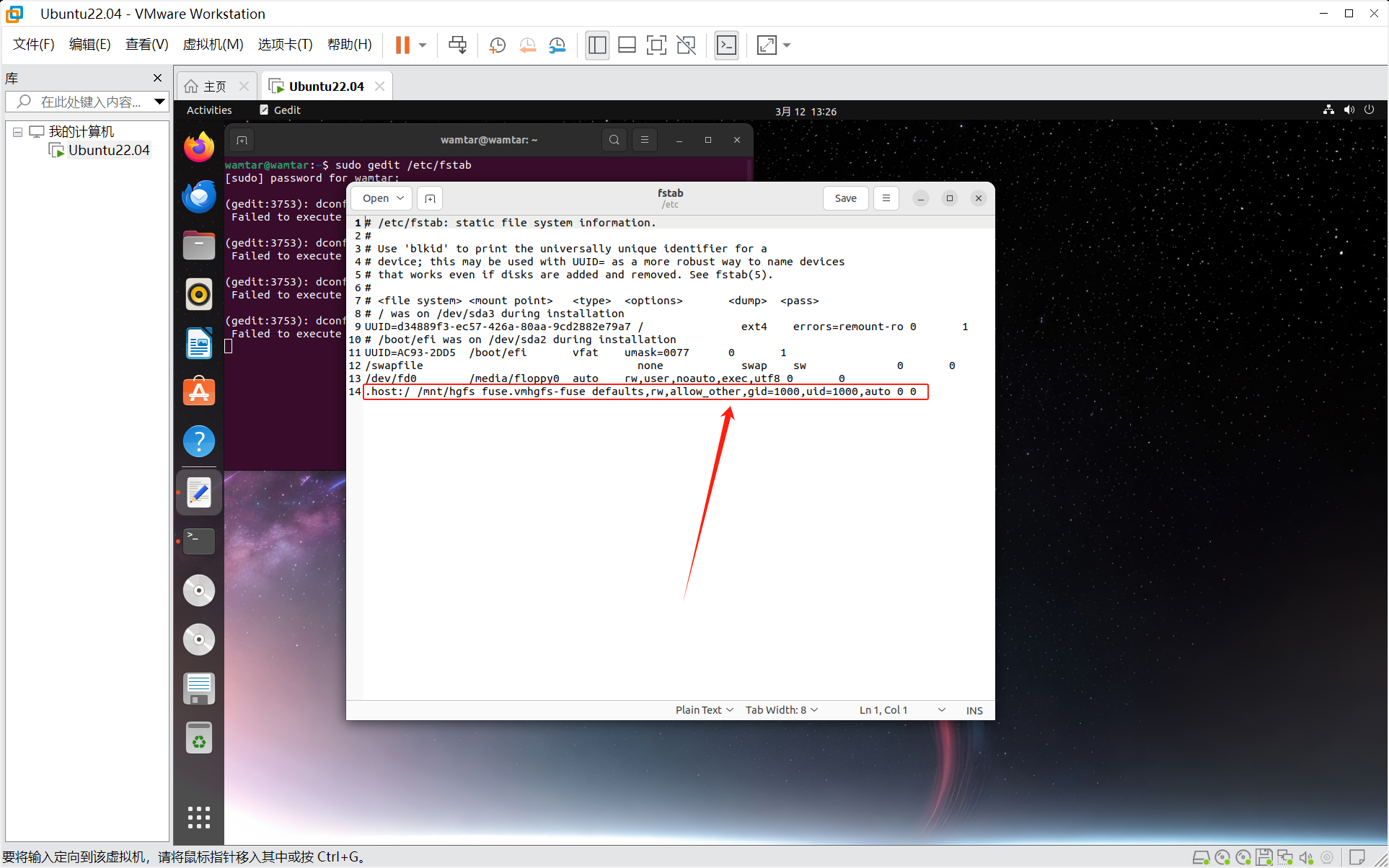BigFoot EventAlertMod lua脚本插件,追踪当前目标的DOT,自身的HOT,持续时间监控
D:\Battle.net\World of Warcraft\_classic_\Interface\AddOns\EventAlertMod




想知道技能的ID,执行命令如下:本例子为“神圣牺牲”
/eam lookup 神圣牺牲
/eam lookupfull 神圣牺牲











比NugRunning监控更加明显,但是没有NugRunning多目标监控,互补吧
BigFoot NugRunning_nugrunning怎么关掉-CSDN博客



















